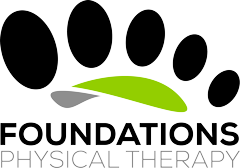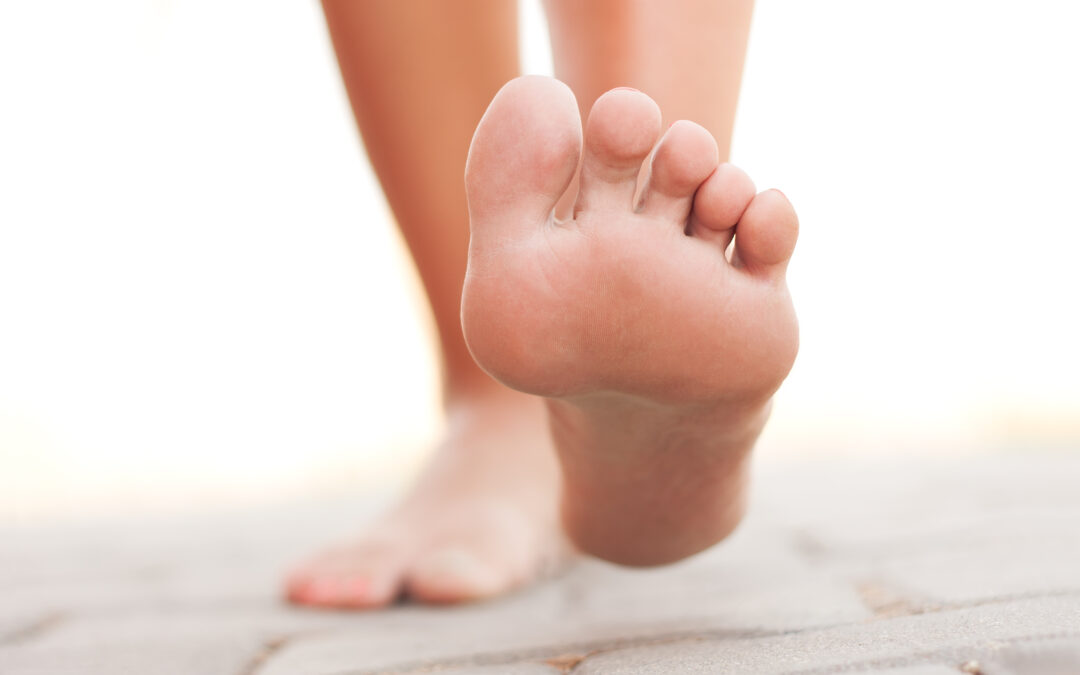Do you have bunions?? Did you know that there is actually a lot you can do to help them?!
Did I Inherit Them?
A lot of people think that they have inherited their bunions from their mother or father. But actually what is more likely is that you mirrored their posture and movement habits when you were growing up, and the way you align your body is contributing to the formation of your bunion!
Contributing Factors:
Foot Turn Out
So which alignment habits contribute to a bunion? One of the big ones is the habit of turning your feet out. If your feet are turned out when you stand and walk, when go to push off with the leg that’s behind you the mechanics are totally different. Instead of pushing off with all your toes from a relatively straight foot, your foot is turned out to the side which causes you to push off from the big toe knuckle where the bunion is forming! Can you see how thousands of steps like that can contribute to the bone building up there? If you only have a bunion on one side, notice if you turn your foot out on that side.
Pelvis, Hip and Core Imbalances
If you have bunions on both sides and turn your feet out on both sides, I would look at your pelvis and core for imbalances. Correcting the imbalances here, including your breath patterns, can be very helpful in getting your feet to stop compensating so much. I also pay a lot of attention to your hips when you have issues with your feet because they influence each other greatly. The foot turn out is often caused by a hip that prefers to rotate externally and is not good at rotating internally.
Tight Ankles
Tight ankles can also contribute to a foot turning out. If your ankles are really stiff your feet may turn out and flatten to avoid bending at the ankle.
Modern Shoes
Another big contributing factor is modern shoes with narrow toe boxes. The front of most typical shoes (including athletic shoes) are NOT shaped wide like a natural foot. This causes our toes to get scrunched together and can contribute to the toe angling into the bunion shape. Your toes may get so used to being scrunched together in a tight shoe that they forget how to move separately from one another. The elevated heel in a typical shoe can also contribute to the ankle stiffness mentioned above. By contrast, minimalist or barefoot style shoes are flat, flexible, have a wide toe box and no arch support. They let your feet function naturally!
So what can we do to help our bunions??
- GRADUALLY increase time spent going barefoot and wearing minimalist shoes
- Use your hands to stretch your toes out away form each other and back and forth, place your fingers between them, massage them, etc. You can also use a rubber therapy ball to massage your feet and toes. Here’s a video with some Toe Yoga Moves: https://youtu.be/0YsfvgQDqP4
- Improve the way you move from your CORE out to your extremities
- Practice segments of your walking pattern to help find the movements you are missing, including going from an arched foot shape to a flat foot shape. My favorite way to practice and promote healthy movements FROM THE GROUND UP is by using Anatomy in Motion ® Foot Wedges. These movements not only wake up your feet but the foot movements connect to better movements in your entire body.
What likely WON’T help that much??
Trying to straighten out your feet when you walk. Or over-thinking about the mechanics of walking. Because this doesn’t last long, you can’t stay focused on these things with every step you take. Plus if your hips or ankles are tight your body will be fighting the alignment you are trying to achieve. It is much more beneficial to break down the walking patterns and practice segments of it. This will wake up weak muscles and elongate the tight muscles in a way that is natural. Then when you walk your body starts flowing more with the healthy movement patterns wince you put in the time to practice them!


Recent Comments